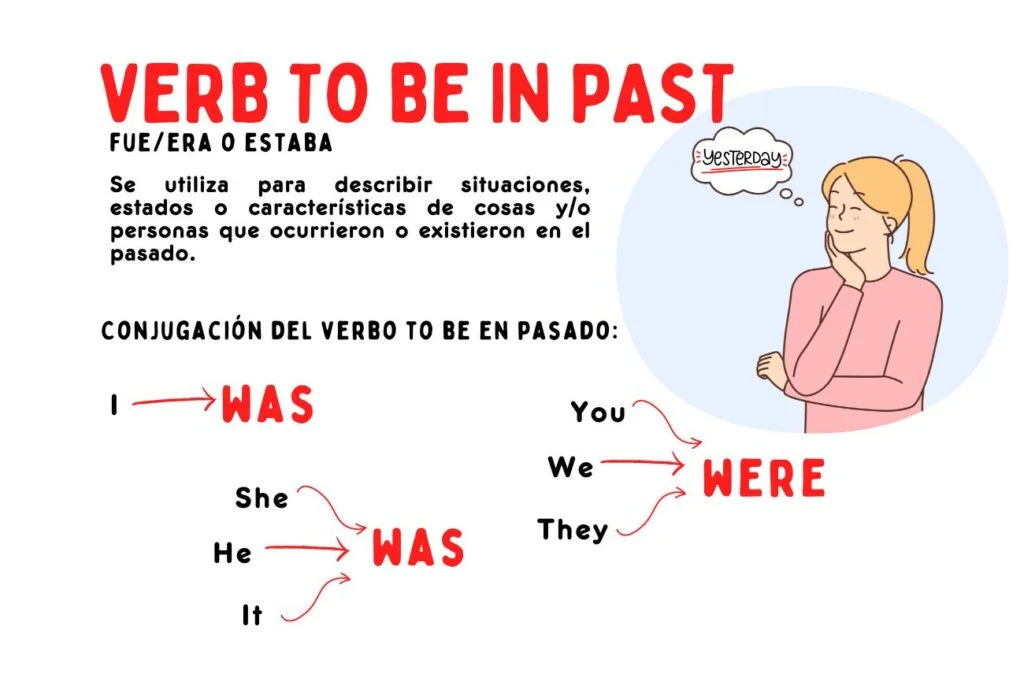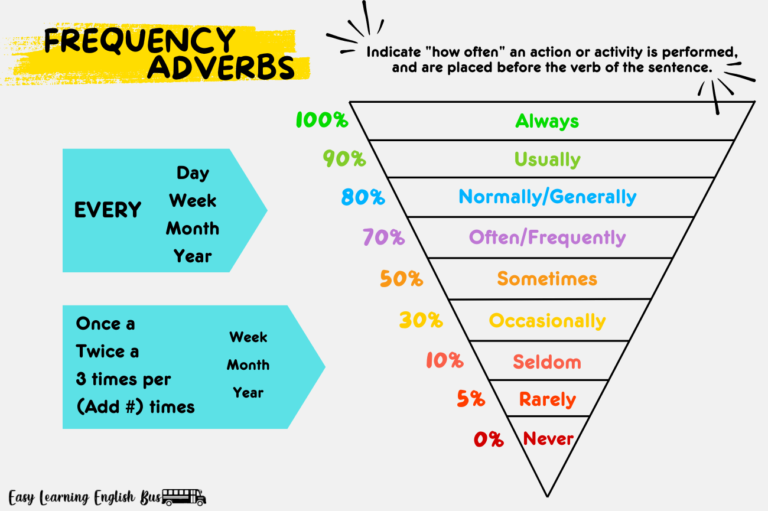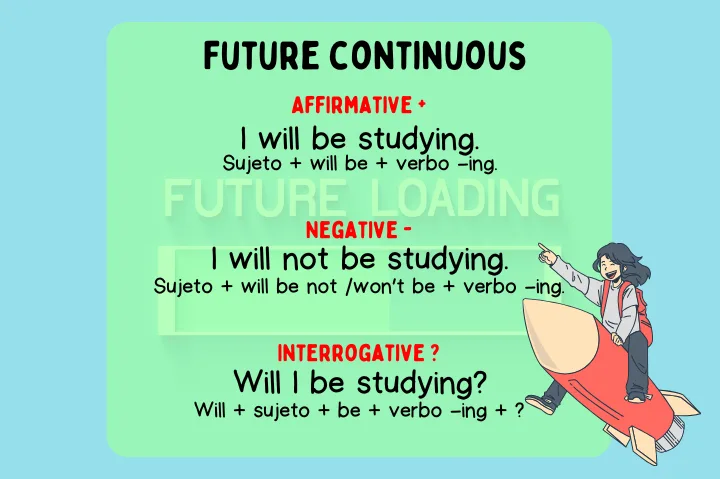
Cuando usamos Was and Were, estamos hablamos del verbo to be en pasado, que en español se traduce como ‘fue’, ‘era’ o ‘estaba’. Su estructura y conjugación cambian respecto al presente, por lo que es importante conocer en qué casos se usa cada forma.
| I, he, she, it. | Was |
| you, we, they. | Were |
Table of Contents
Estructura del verbo “To Be” en pasado: Was and were
Affirmative (+)
Vamos a tomar la forma affirmative como la estructura base.
Sujeto + was/were + complemento
I was in New York.
Ejemplos:
- I was at the park yesterday.
- Yo estaba en el parque ayer.
- They were very happy.
- Ellos estaban muy felices.
- She was a teacher in 2010.
- Ella era profesora en 2010.
- We were at the concert last night.
- Nosotros estuvimos en el concierto anoche.
- He was very hungry after school.
- Él tenía mucha hambre después de la escuela.
Negative (-)
Para las oraciones negativas, simplemente añadimos not después de was o were. También puedes contraer las formas a wasn’t (was not) y weren’t (were not).
Sujeto + was/were + not + complemento
wasn’t /Weren’t
I was not in New York
I wasn’t in New York
Ejemplos:
- I was not (wasn’t) at home last night.
- Yo no estaba en casa anoche.
- They were not (weren’t) ready for the exam.
- Ellos no estaban listos para el examen.
- He wasn’t at the meeting.
- Él no estaba en la reunión.
- They weren’t in the same class last year.
- Ellos no estaban en la misma clase el año pasado.
- I wasn’t interested in that movie.
- No me interesaba esa película.
Interrogative (?)
En las preguntas, simplemente colocamos was o were al principio de la oración. De esta manera:
Was/Were + sujeto + complemento + ?
Were you in New York?
Ejemplos:
- Was she at the party?
- ¿Estaba ella en la fiesta?
- Were you tired after the trip?
- ¿Estabas cansado después del viaje?
- Were you at the library this morning?
- ¿Estabas en la biblioteca esta mañana?
- Was it cold yesterday?
- ¿Hacía frío ayer?
Short Answers with was and were (Respuestas cortas):
Las short answers en inglés son muy comunes. Al responder, usas “Yes” o “No” seguido de was/were o wasn’t/weren’t.
Ejemplos:
- Was he at work?
- Yes, he was.
- No, he wasn’t.
- Were they on vacation?
- Yes, they were.
- No, they weren’t.
Common mistakes with Was and Were
1. Confundir Was/Were, uso consciente del singular y el plural:
Usar “Was” con sujetos plurales o “Were” con sujetos singulares.
- Was: Se usa para hablar de un sustantivo (persona o cosa) de forma singular. También se usa para los pronombres I, she, he, it.
- Were: Se usa para hablar de sustantivos (personas o cosas) en plural, es decir, para referirnos a más de 1 cosa o persona. También se usa para los pronombres you, we, they.
- ❌ They was late.
- ✅ They were late.
- ❌ She were happy.
- ✅ She was happy.
- ❌ There was many people at the event.
- ✅ There were many people at the event.
- ❌ There were a dog in the yard.
- ✅ There was a dog in the yard.
2. Mezclar formas negativas:
Utilizar formas negativas incorrectas (didn’t was/were en lugar de was’t/weren’t), recuerda nunca combinar didn’t con was/were.
- ❌ I didn’t was at home.
- ✅ I wasn’t at home.
- ❌ They didn’t were tired.
- ✅ They weren’t tired.
3. Ubicar incorrectamente Was/Were en la oración:
Colocar incorrectamente was/were en una frase, recuerda que para hacer preguntas con el pasado del verbo to be, was/were se ubican antes del sujeto.
- ❌ Where you were yesterday?
- ✅ Where were you yesterday?
4. Uso de Was/Were con verbos modales:
Combinar incorrectamente was/were con verbos modales, la forma correcta es usar have been después de los verbos modales (can, could, should, would, might, etc).
- ❌ I could was there earlier.
- ✅ I could have been there earlier.
Was and were exercises:
Multiple Choice:
Selecciona la respuesta correcta y luego presiona el botón azul > en la parte inferior para continuar con la siguiente pregunta.
Fill in the blanks:
Rellena los espacios faltantes con was and were:


